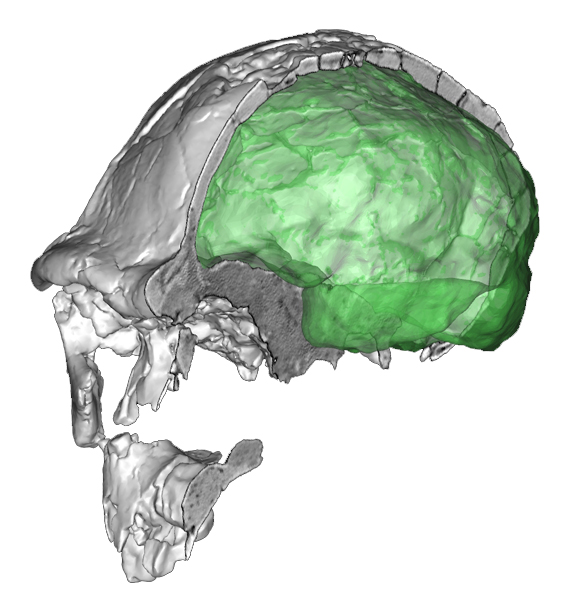Marcia Ponce de León and colleagues have published a comprehensive shape analysis on modern human and Neandertal early ontogenetic endocranial changes, as Philipp Gunz and his team did back in 2010. Interestingly, results are different. The previous study from the Max Planck Institute concluded that only modern humans have a species-specific postnatal stage in which the braincase bulges (globularization stage). In contrast, this new analysis, coordinated by Christoph Zollikofer, suggests that after birth Neandertals and modern humans share a similar pattern of endocranial shape change. In this case, any endocranial difference between these two species must occur before birth. The discrepancy between the two studies may be due to differences in the samples (which, recognizing the good samples used in these analyses, would reveal a problematic instability of most paleoanthropological studies) or to differences in the reconstructions of the specimens (which, recognizing the good experience of both teams, would reveal a problematic instability of most paleoanthropological studies). Nonetheless, we must also take into account that both articles rely on very complex statistical and algebraic passages, and methodological biases should not be ruled out. After all, also paleontology deals with the same limits of any science: we do not work with skulls or brains, but with models made of variables and parameters. Models that work well in some cases, and do a worse job in some others, depending on the questions involved. In this new study, the fact that endocranial shape differences between Neandertals and modern humans are prenatal is used to state that there are no cognitive differences between the two species. Of course, cognition is more than shape, so the relationship between the timing of these changes (before or after birth) and the statement on cognition is not particularly straight. Inferences on cognition should be made on multiple evidence, dealing with something that goes well beyond a surface analysis.

